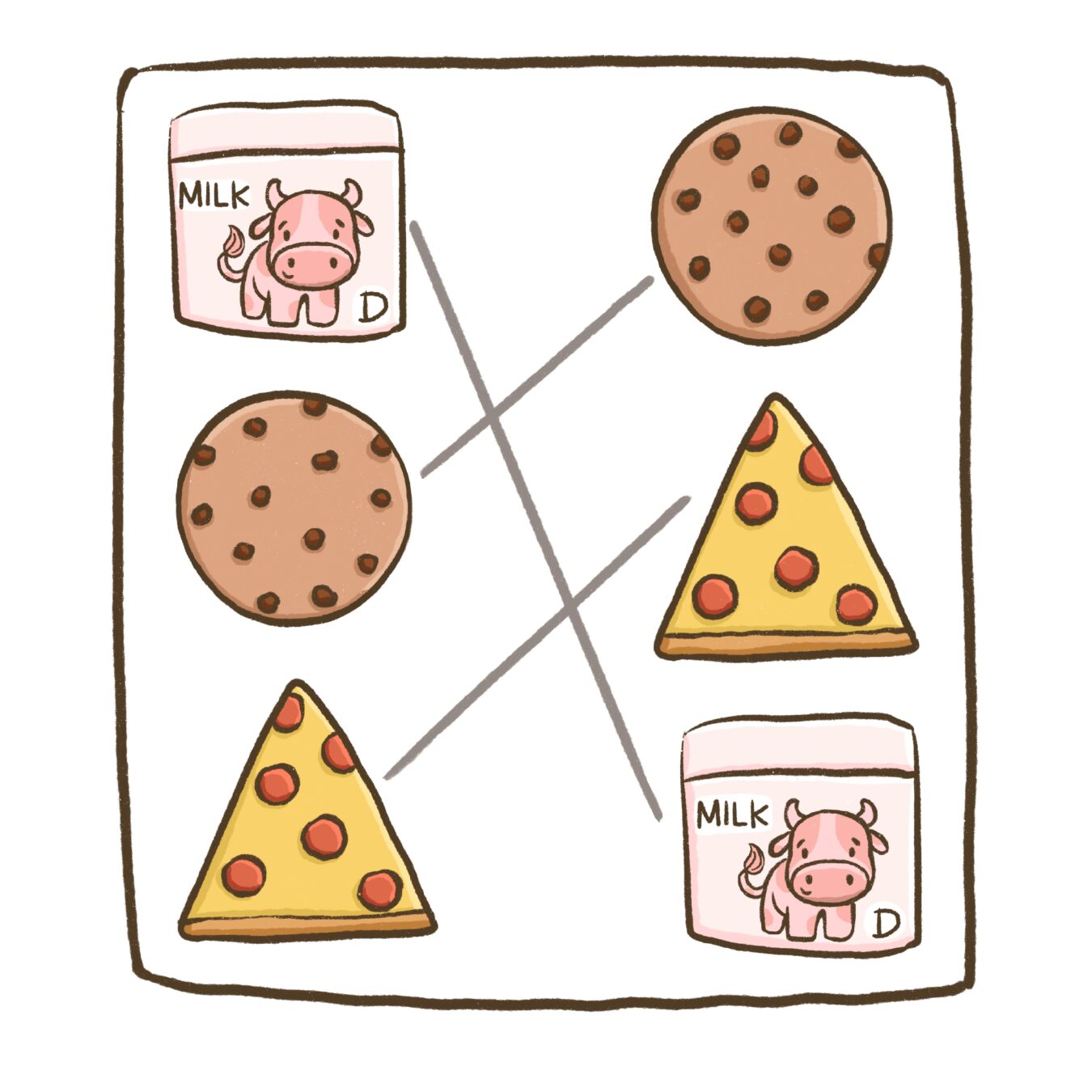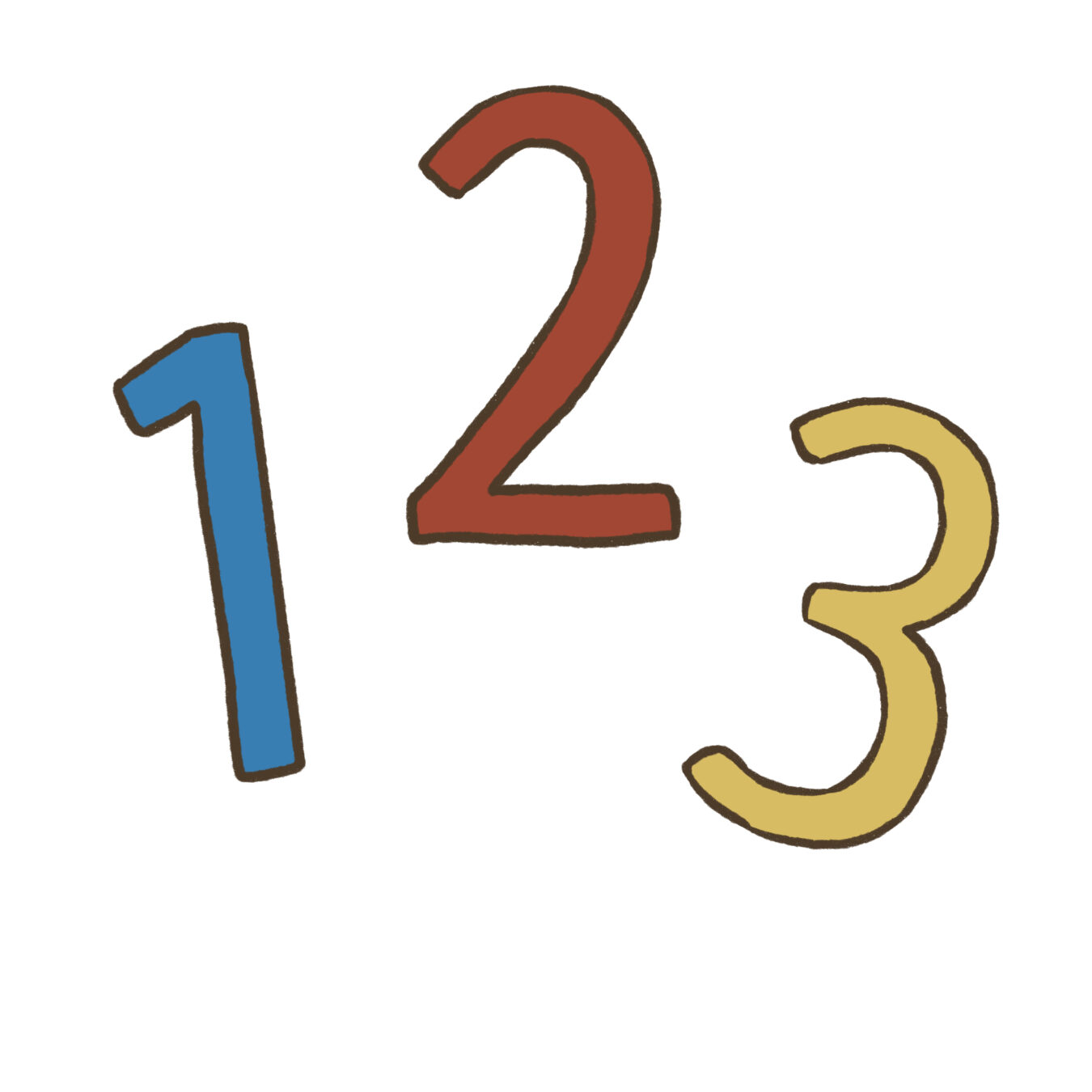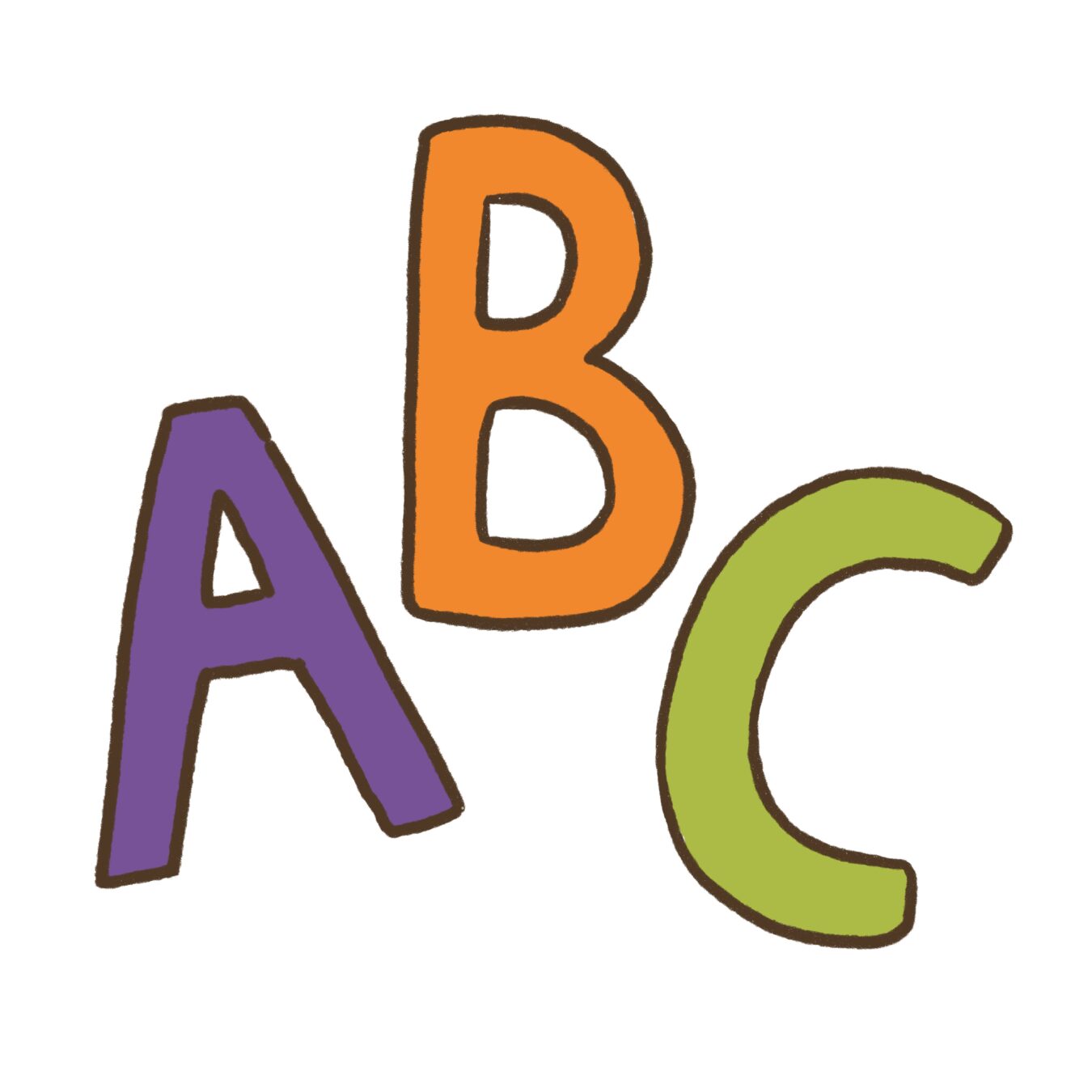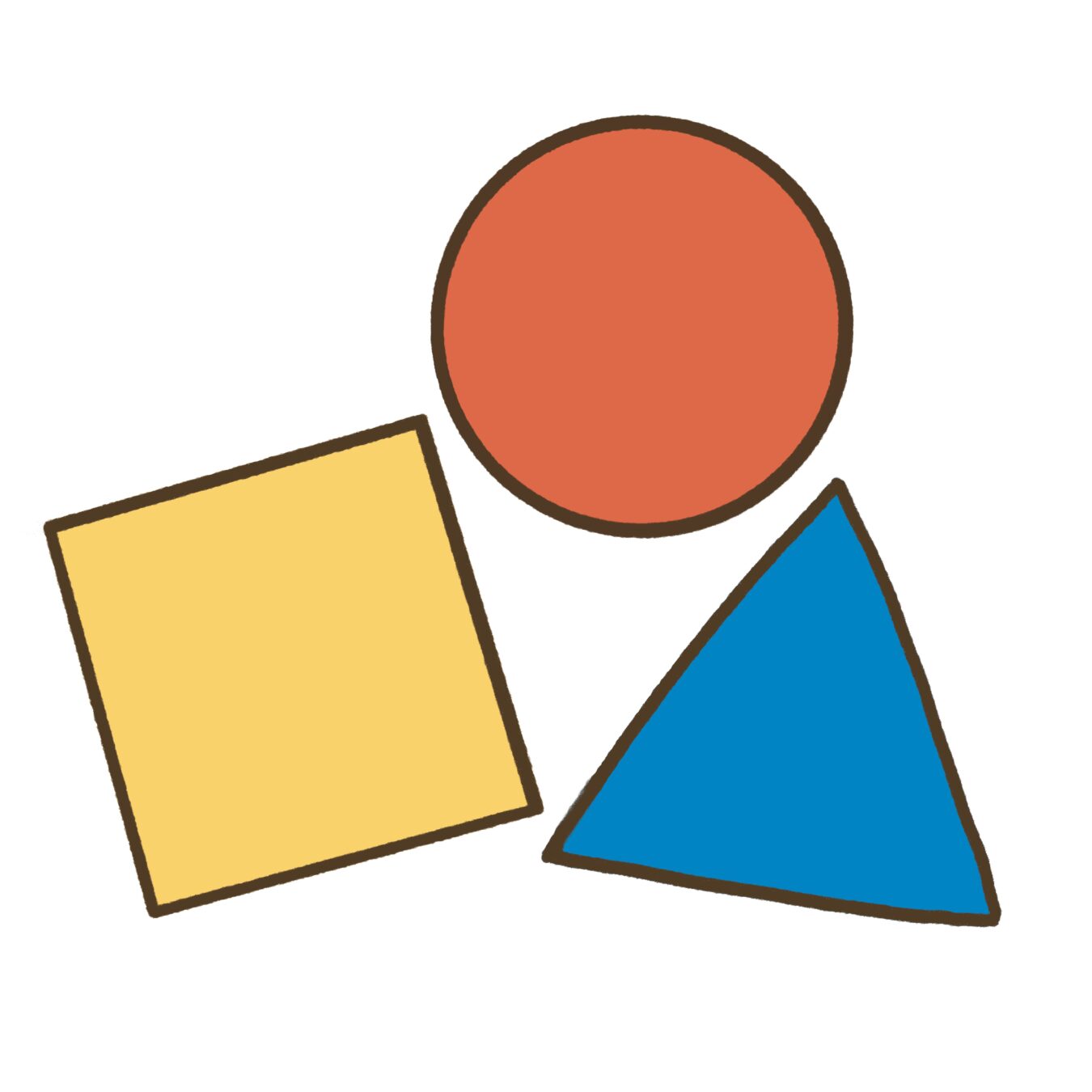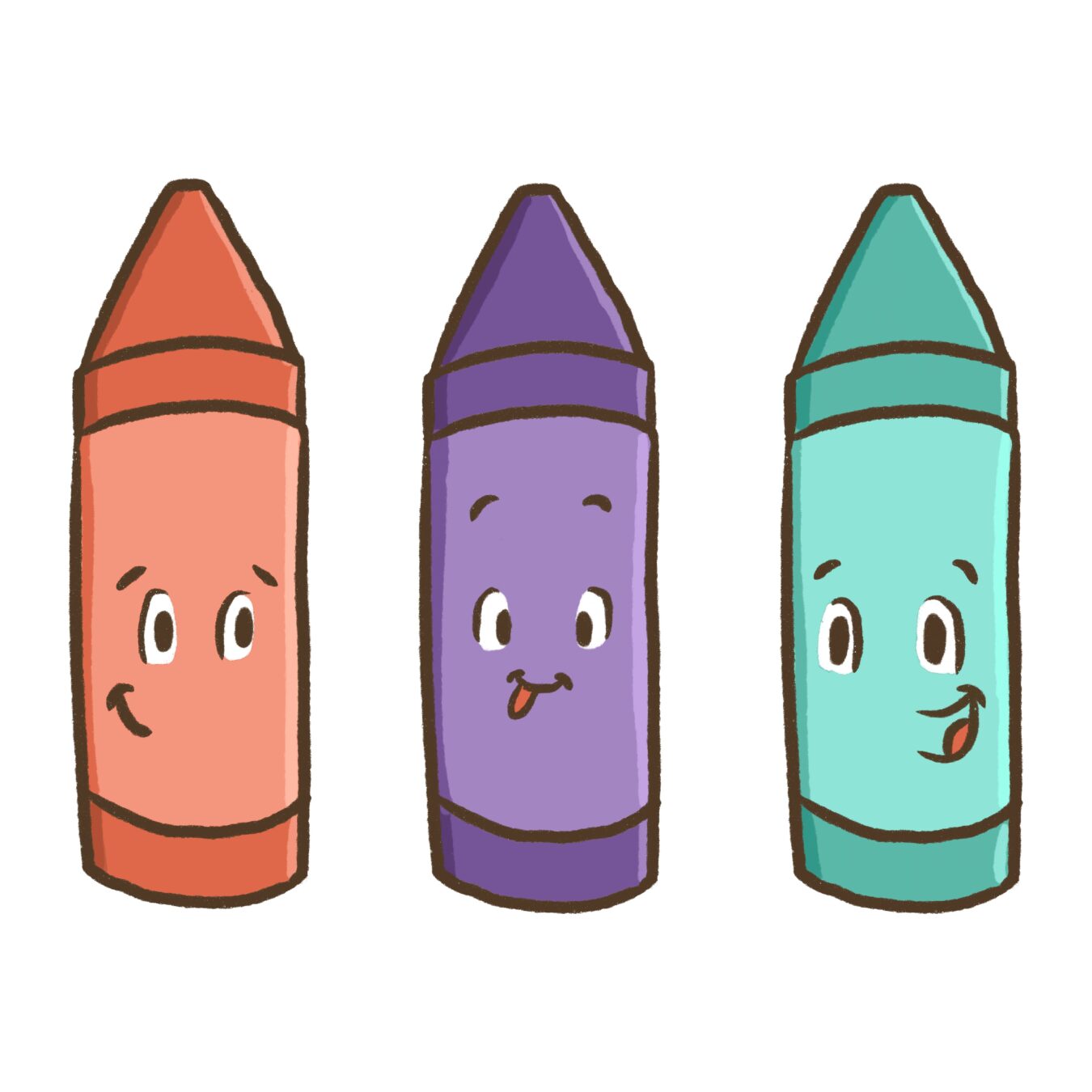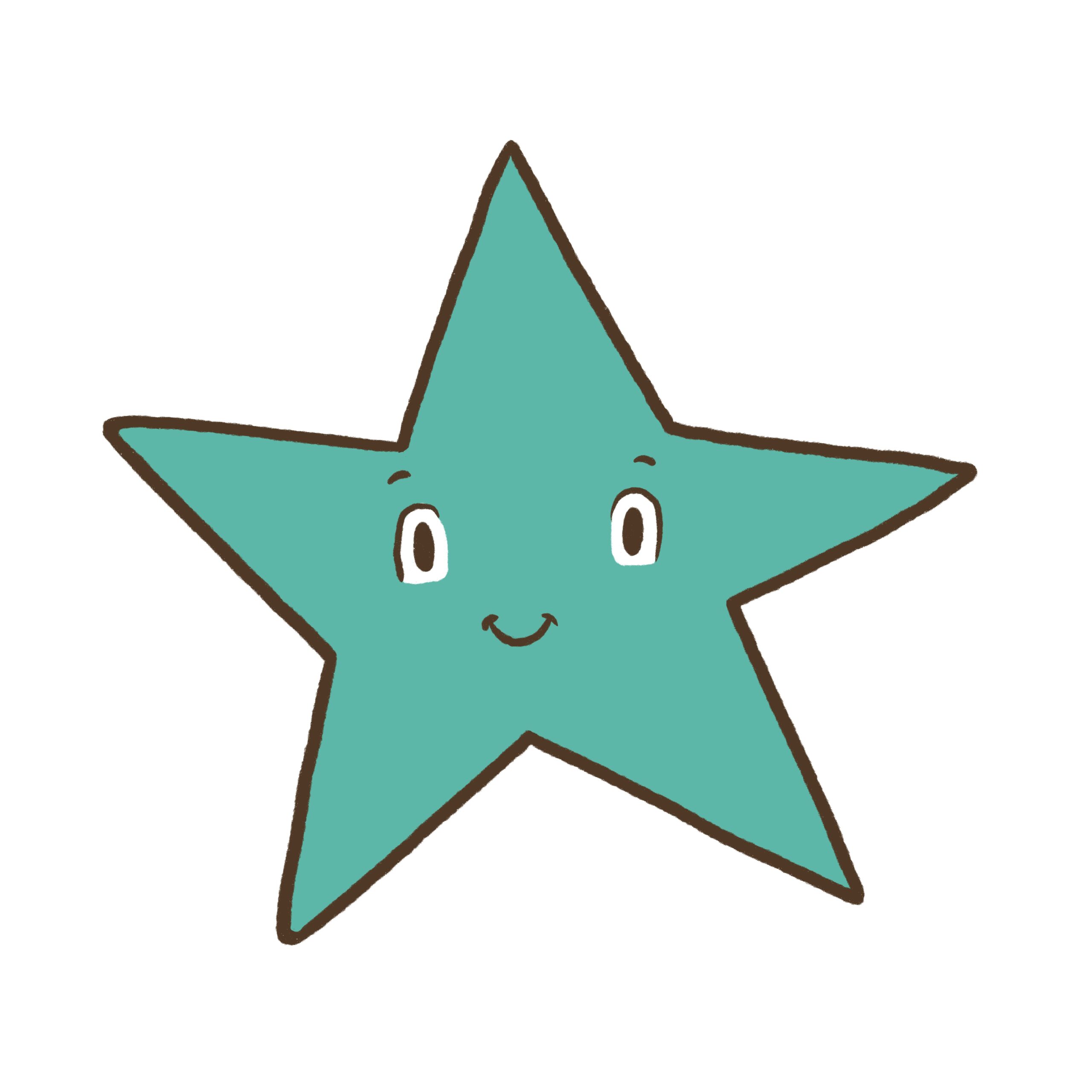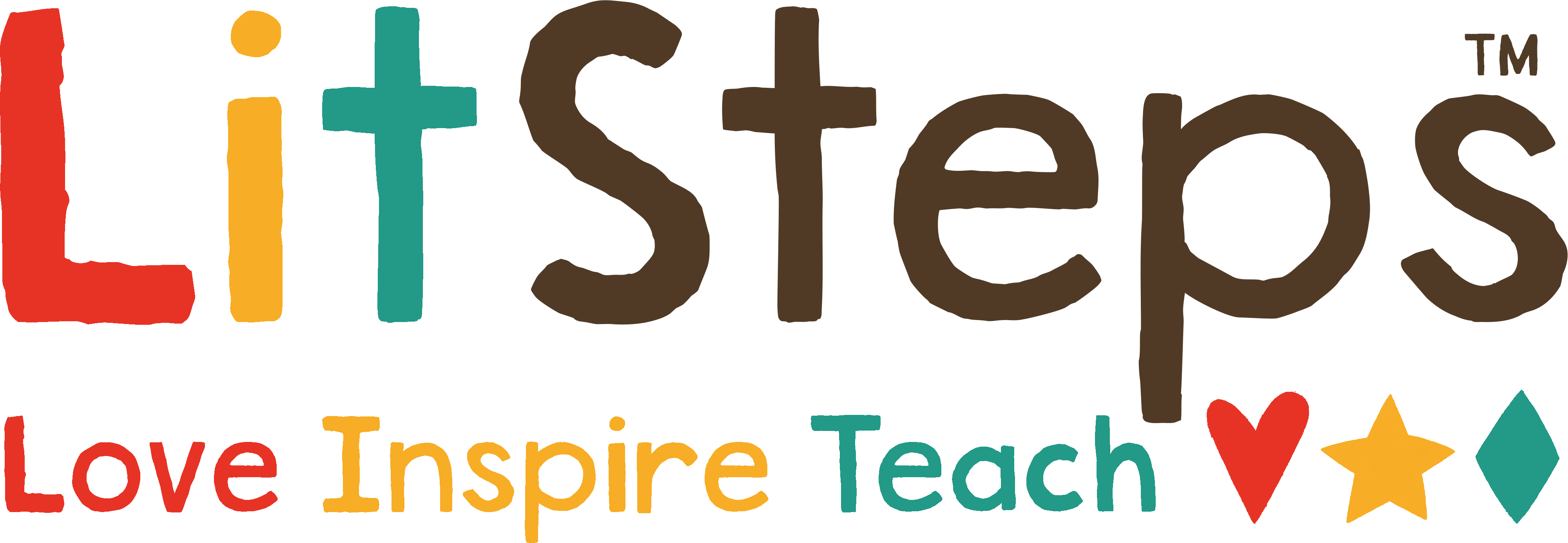This skill focuses on your child’s ability to find items that are the same. At first they may match two things that are red. As they become more skilled, they’ll match two apples that are red. And then two different fruits that are both red.
Learning Numbers
Young learners often confuse numerals with letters. Teaching numeric concepts before teaching the numeric symbol helps. Teaching your child to count and identify numbers builds their number sense and gives them the background they’ll need to move on to more complex math skills like addition and subtraction.
Learning Letters
We teach the alphabet because letters build words, which build sentences, which build stories, which build the world we live in. We learn to speak and read and write in order to communicate our ideas and unique perspectives.
Learning Shapes
As with colors, teaching shapes is one of the earlier units taught in the classroom. Children usually master basic shapes pretty quickly because they can relate them to many everyday items they use.
Learning Colors
There’s a reason primary education puts a lot of focus on teaching colors. The world is a colorful place. Tap into your child’s sense of sight. Teach your child colors so they have words to describe their world to you.
Skills Intro
Your child needs to take small literacy steps and climb steep literacy hills before they scale literacy mountains. They need to train daily, building their literacy muscles little by little. You are their trainer and guide; keeping pace and cheering them on.
- Page 2 of 2
- 1
- 2

